In the 1980s, my dad, Alan Pears AM, was one of Australia’s leading energy conservationists. It was hardly surprising, then, that I grew up in Melbourne to be deeply environmentally conscious.
I completed my PhD in sustainability while teaching university students to reject consumerism; I kickstarted the clothes-swapping movement in Australia in the early 2000s and delivered lectures on its success for the UN. I lived without a car and ate from my abundant veggie patch. I wore op-shop frocks and Birkenstocks before they were fashionable.
I was a fully-fledged green warrior. And then, in 2011, I had a baby.
Almost overnight, my priorities shifted dramatically – and my desire for convenience quickly eclipsed my eco-values. Caught up in the excitement of impending parenthood, we bought a second-hand station wagon, and I obsessed over buying the safest car seat, and pimping the pram with what I regarded as an ‘essential’ cup holder. I traded my vintage floral frocks for elasticised grey marle pants and surrendered to my middle-class lifestyle in a middle-class suburb with alarming speed.
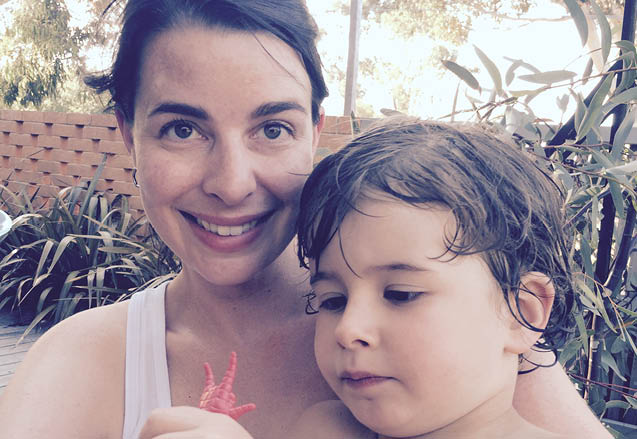
I also gained a sobering insight into how hard it was to live a fully sustainable lifestyle when you felt overwhelmed, reverting into survival mode and living minute-to-minute rather than with a distant future in mind. Perhaps in my future, I thought in my more lucid moments, I could try to help people live a ‘lighter-green’ life, with less stringent and more forgiving rules? Maybe a ‘medium-green’ approach would feel more achievable for most of us?
This realisation would eventually become my book, Live More With Less. But I had to pull myself out of my newfound consumerism first.
A particular low point occurred about 10 months after my first child was born. I remember standing in the kitchen dialling for my third takeaway of the week, while staring at the overflowing nappy bin and plastic containers piling up by the back door.
There were times I tried to clamber back onto the sustainable living wagon, but it was a struggle. I trialled using reusable nappies, but everything leaked with baby boys except Huggies, and sustainable options were so much harder to find, so I guiltily settled for conventional disposable nappies.
I gained a sobering insight into how hard it was to live a fully sustainable lifestyle when you felt overwhelmed
I hadn’t lost sight of how important sustainable living was. But it was incredibly hard to hold the macro issues associated with climate change in mind while juggling the micro emergencies of everyday life. My long-term ideals competed with the more urgent tasks at hand—like tackling that mountain of tiny onesies waiting to be washed. I was riddled with eco-guilt on the days where I was cognisant enough to be. Some days I was just lucky to get out the door with two shoes on—preferably matching ones.
But after several ecological disasters – the bushfires and the floods – and a pandemic, my internal conflict peaked. I needed to make a change. My kids were school age, and it was time to find a way to live sustainably within the chaos of my family life.
This required some experimentation and patience. As it turns out, slapping a recycling poster passive-aggressively on the fridge creates friction rather than the desired behaviour change. But teaching my kids how to pack their package-free lunch boxes, enticing them to buy second-hand toys and pass their preloved clothes onto others, set us on a more sustainable path.
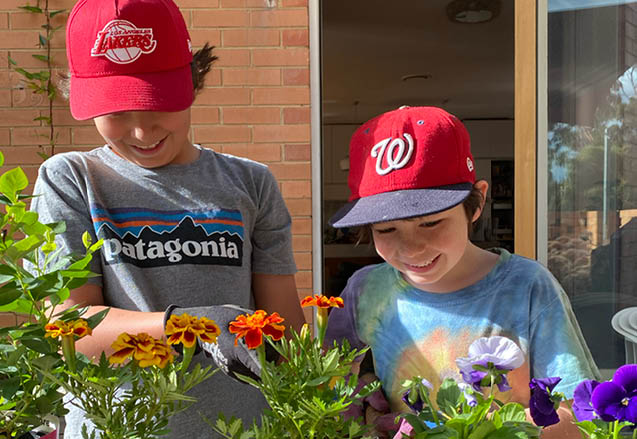
Like us, the kids weren’t immune to consumerism. Thanks to YouTube, my eldest son was incredibly brand-aware from a young age and wanted a tee emblazoned with a swoosh, rather than clay-coloured hemp. But he proudly told me he refused to get sucked into the latest supermarket giveaway toy scheme, giving me hope that some of my reasoning had landed.
I still miss my expansive veggie patch, but we grow herbs and lettuces within the cracks of life. We don’t make it to the farmers’ market often, but we have a local grocery delivery that refills and reuses packaging. I’m a dab hand at turning sad drooping veggies into delicious dishes to reduce our food waste. And while I don’t op-shop with my past zeal, I’ve found some convenient ways to buy second-hand clothes and furniture online, including a divine powder-blue 1950s couch.
The biggest shift was letting go of eco-perfectionism and guilt to embrace my imperfect medium-green lifestyle. It can be challenging to buy less within a consumerist system that drives us to buy and waste more, but we hold the power to create significant change when we do. With our leadership, the system is slowly changing, and there’s even a reusable door-to-door nappy washing service now.
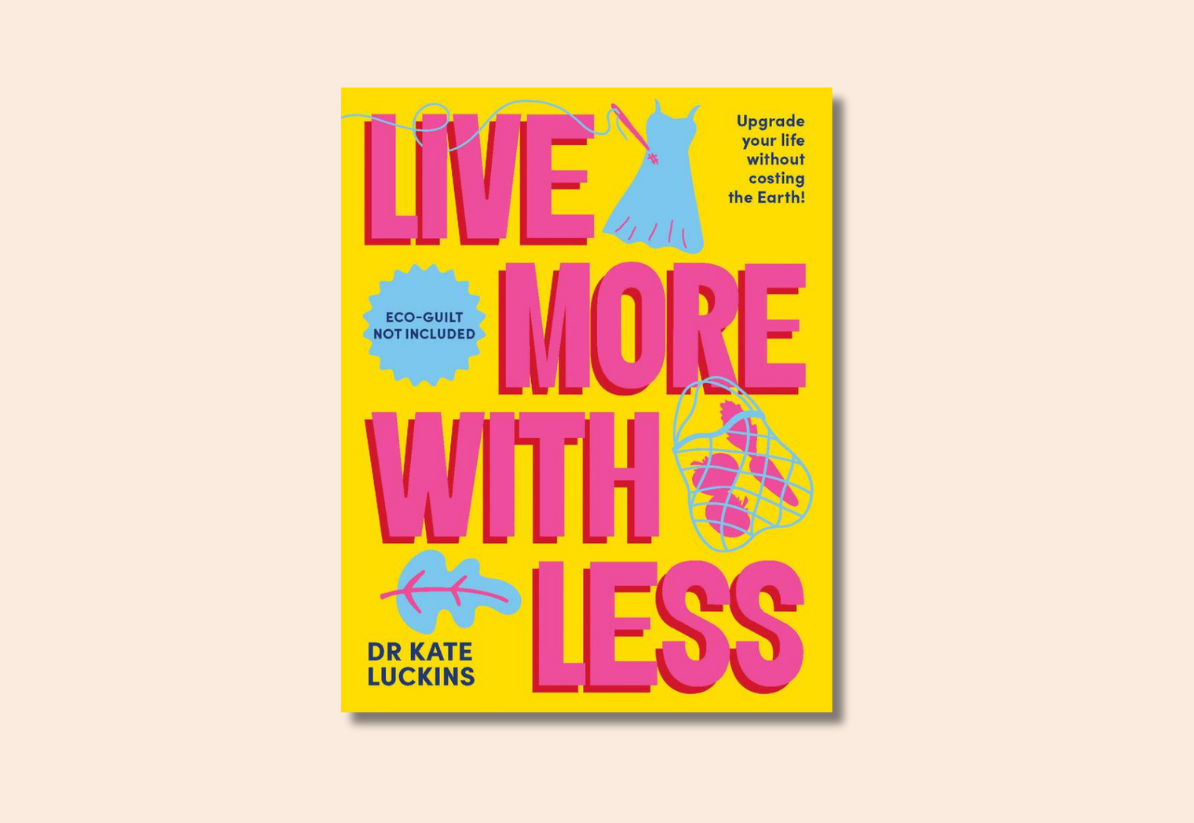
Instead of fretting about every eco mistake, I focus on the bigger picture to keep my guilt at bay and my momentum high. After interviewing twenty-five sustainable living leaders for my book, I learned they do the same. I view each new habit in ‘shades of green’ and pick the level I can achieve. For example, when a special occasion arises, ideally, I find a second-hand outfit, borrow or hire something I like. When I do buy new, I buy something made to last and support a local sustainable fashion brand.
After all, we don’t need a small group of people being exemplary zero waste warriors, we need a mass movement towards medium-green living. If we can create this change together, our kids will get to enjoy their future as we’d like it, and we’ll get our lifestyle upgrade along the way.





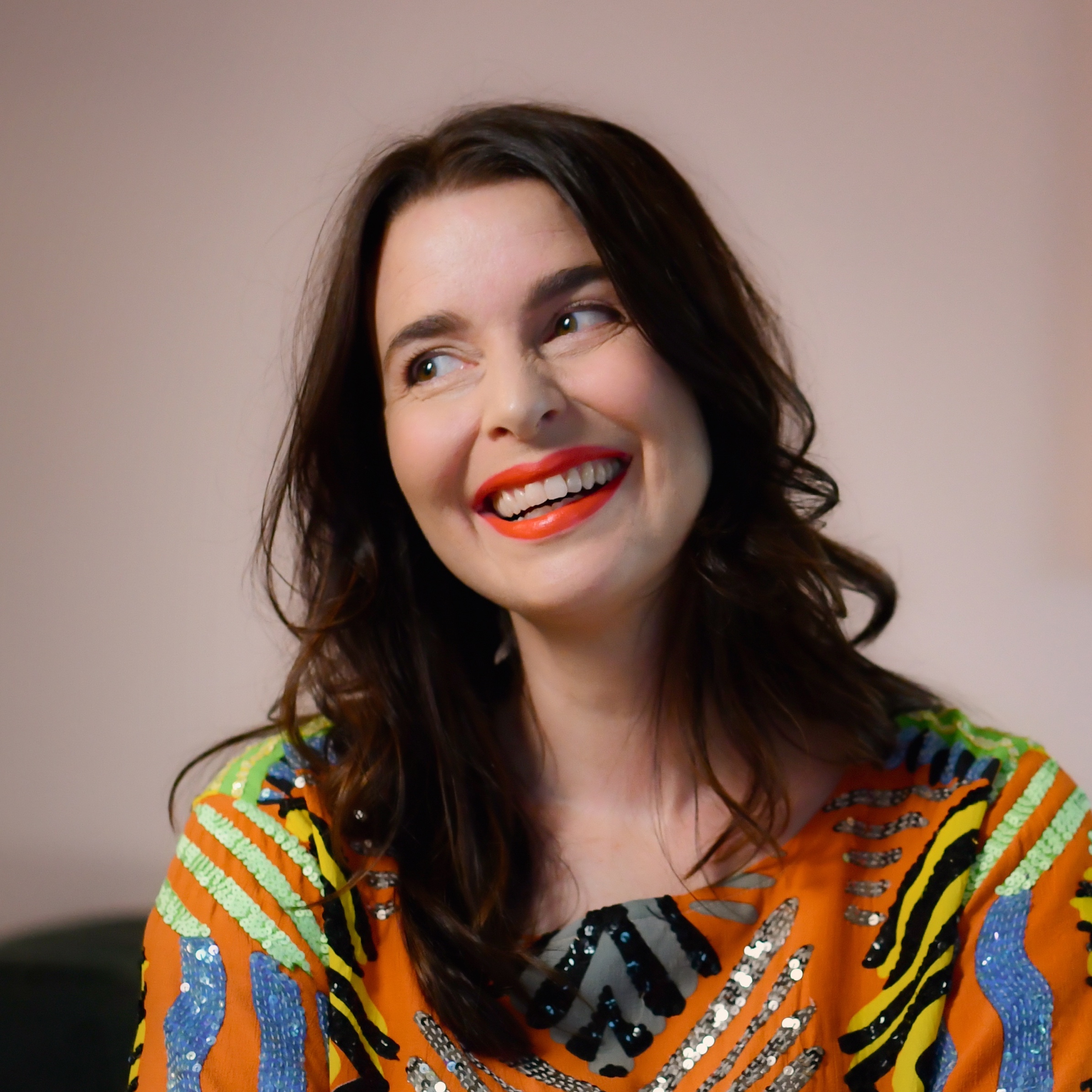



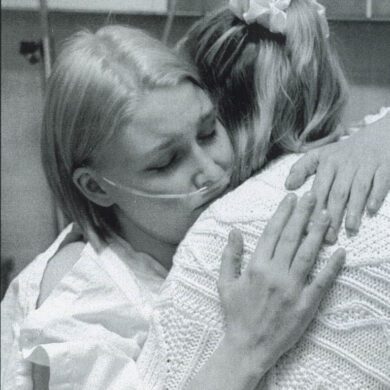
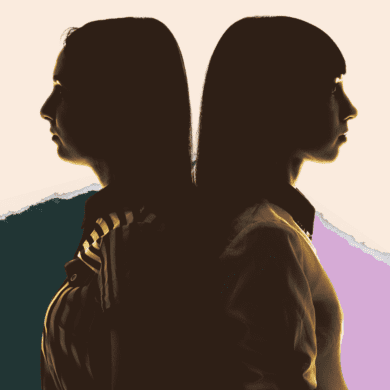
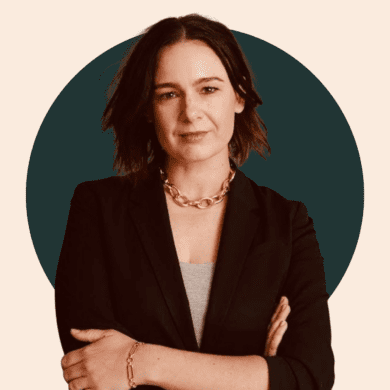
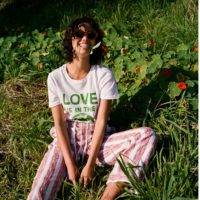
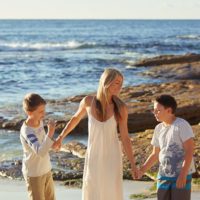
No Comments